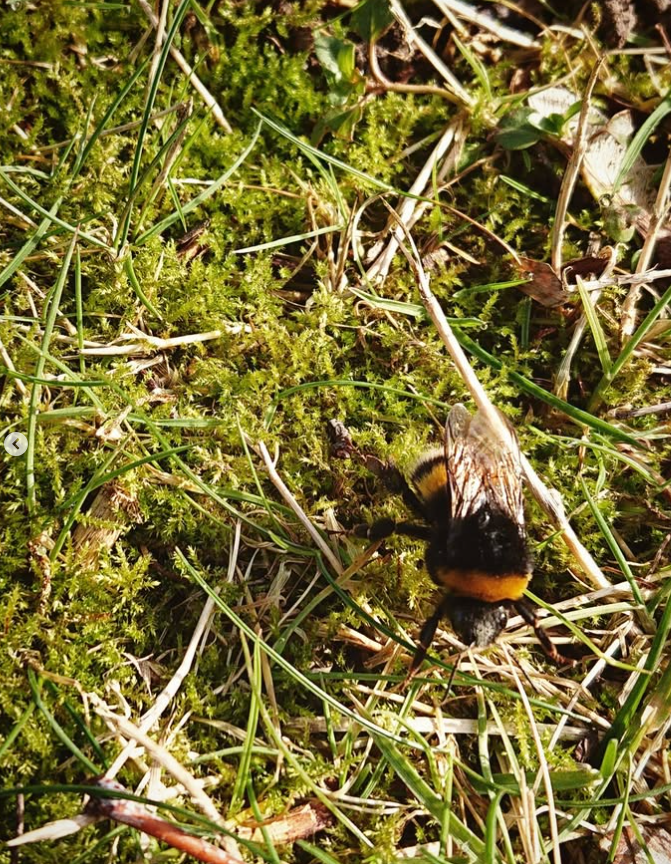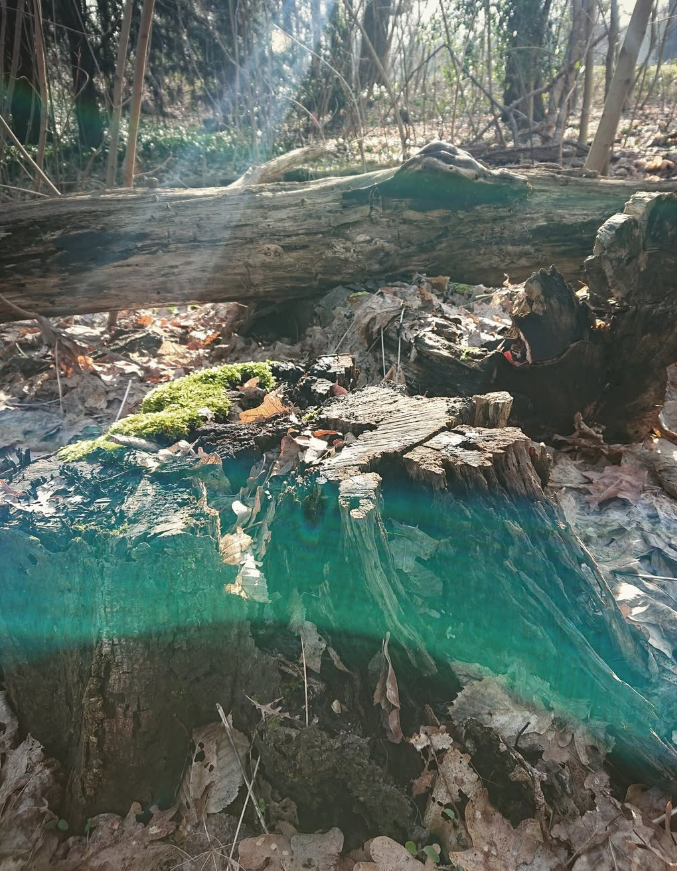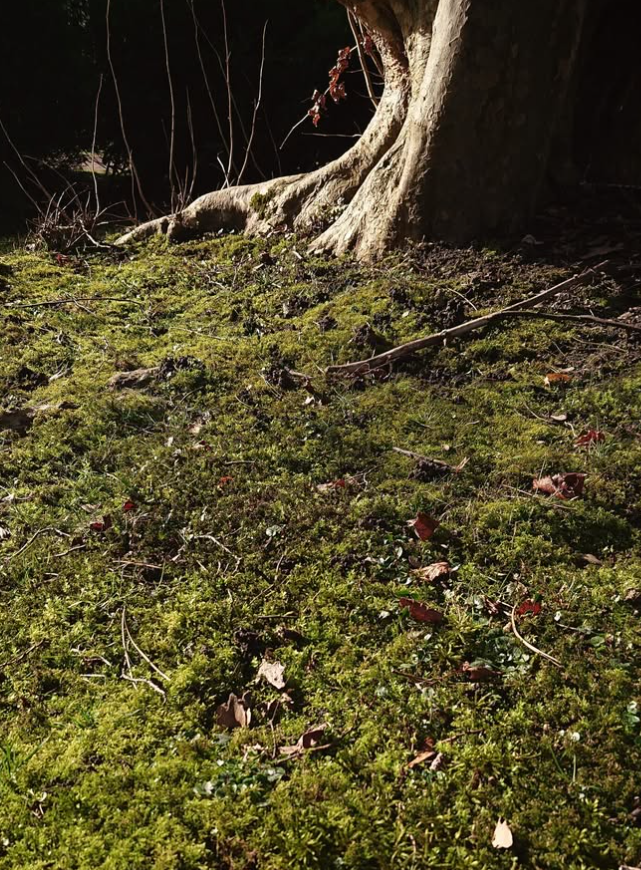
Tomorrow I will be packing and shipping last orders before this much needed break.
This means there is still a narrow time window to order and receive our Summer Solstice incense et al!
Summer solstice traditions are manyfold and vary regionally. They include: dancing around and jumping naked over the fire, while wearing a girdle made of mugwort, sometimes also setting a wagon wheel on fire and pushing it down a hill, burning straw figures, burning wreaths made from weeds and scattering the ashes in the garden or field, collecting healing herbs (called Johanniskräuter) and passing them through the flames of the midsummer fire to be blessed by the fire god and increase their potency, lighting mullein torches, eating elder bread, drinking psychoactive beer, searching for the male fern’s seed.
The solstices mark important turning points in the annual cycle of the earth and the sun. In myth this is reflected in the killing of Baldur (the god of light) by Loki (Lugus) or the oak king (symbolic of the sun) being defeated by the holly king (symbolic of the dark season). While these are myths, the sacrifice of elderly priest kings on the solstice might have been a real practice among pre-celtic European people.
The summer solstice celebrations last for 12 nights, similar to the 12 nights following the winter solstice. With the arrival of Christianity, the veneration of Saint John the Baptist, who according to lore was beheaded on the summer solstice, substitutet the worship of the oak king and sun god, and the solstice celebration was replaced by St. John’s day. One of the most importrant healing herbs of Europe and even fireflies were thence re-named after the saint. Likewise, the once revered Bilwis (wise men or women who protected the fields and ensured their fertility) were turned into corn demons themselves.
+ + + +
The Summer Solstice incense blend is dedicated to the rituals surrounding the summer solstice, when the sun reaches its annual zenith. The ophidian seal adorning the incense is inspired by the viper’s bugloss (Echium vulgare) herb, which is typically blooming then and is an ingredient in nine-herbs-charms.
The ingredients for this blend are the herbs and flowers traditionally associated with the summer solstice. The incense blend evokes a vision of a blooming meadow at dusk: bushes of blue flowering viper’s bugloss cover the ground and transform into serpents. Plantain, thistle and St. John’s wort grow beside it. Fireflies begin their nocturnal wedding dance. Nearby, the fragrant yellow flowers of the evening primrose glow in the evening light and emit their sweet scent into the sweltry air, attracting the most wondrous kind of fairy folk, and their flowerheads turn into scaled dragons…
Use this blend for divination, purification and letting go of the old, for protection, renewal, celebrating the night, inspired dreaming and creativity. The blend can also aid in decision making and gaining deeper wisdom: cast out the serpent as a symbol of “evil” or embrace it as a bringer of wisdom and become a serpent yourself. The solsice is also a good occasion for consecrating a magical weapon, as well as exploring new systems of magic…
June 6, 2025
Posted In: News & Site Updates, Incense
Tags: incense, midsummer, summer solstice, summer break

























